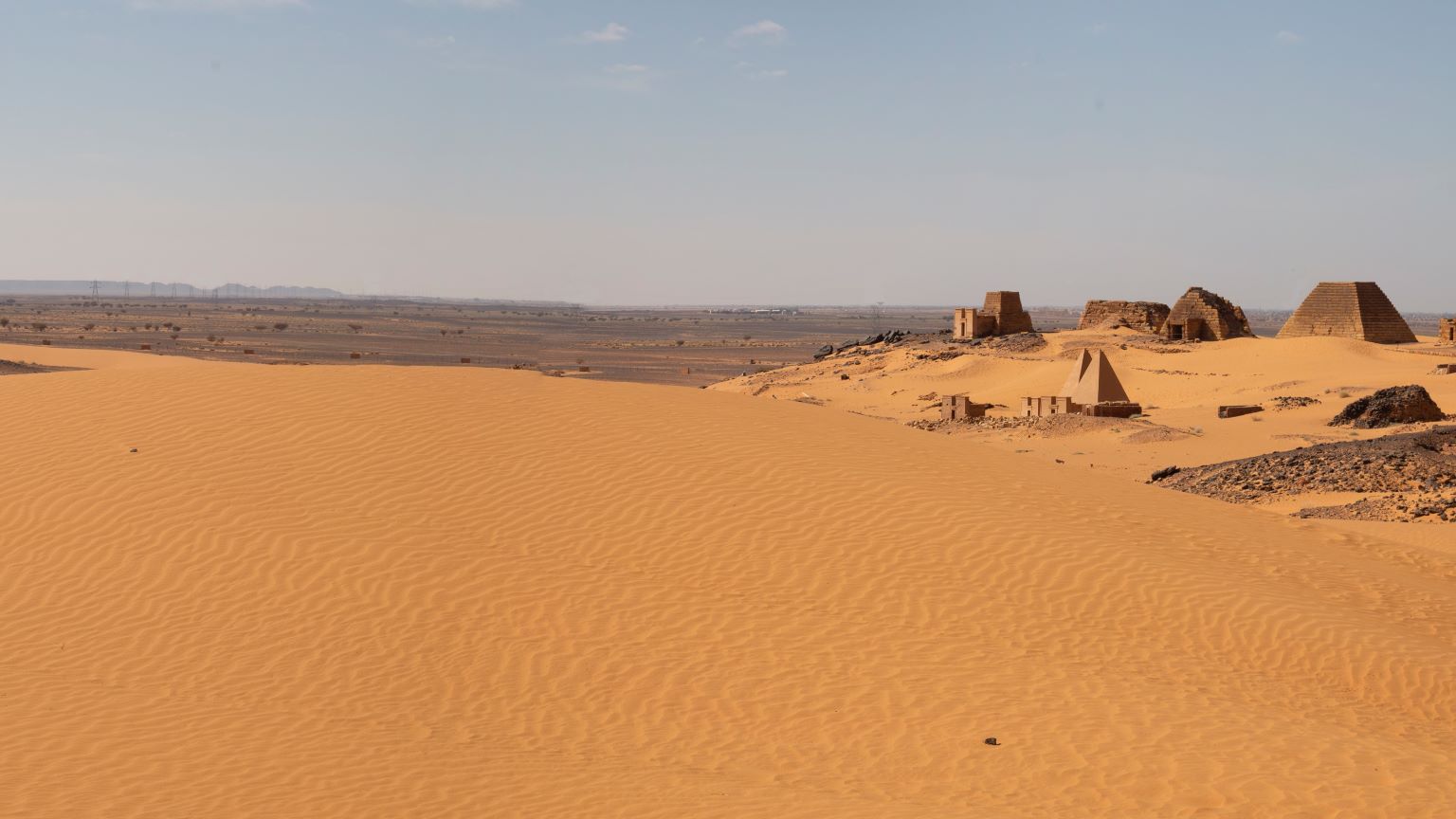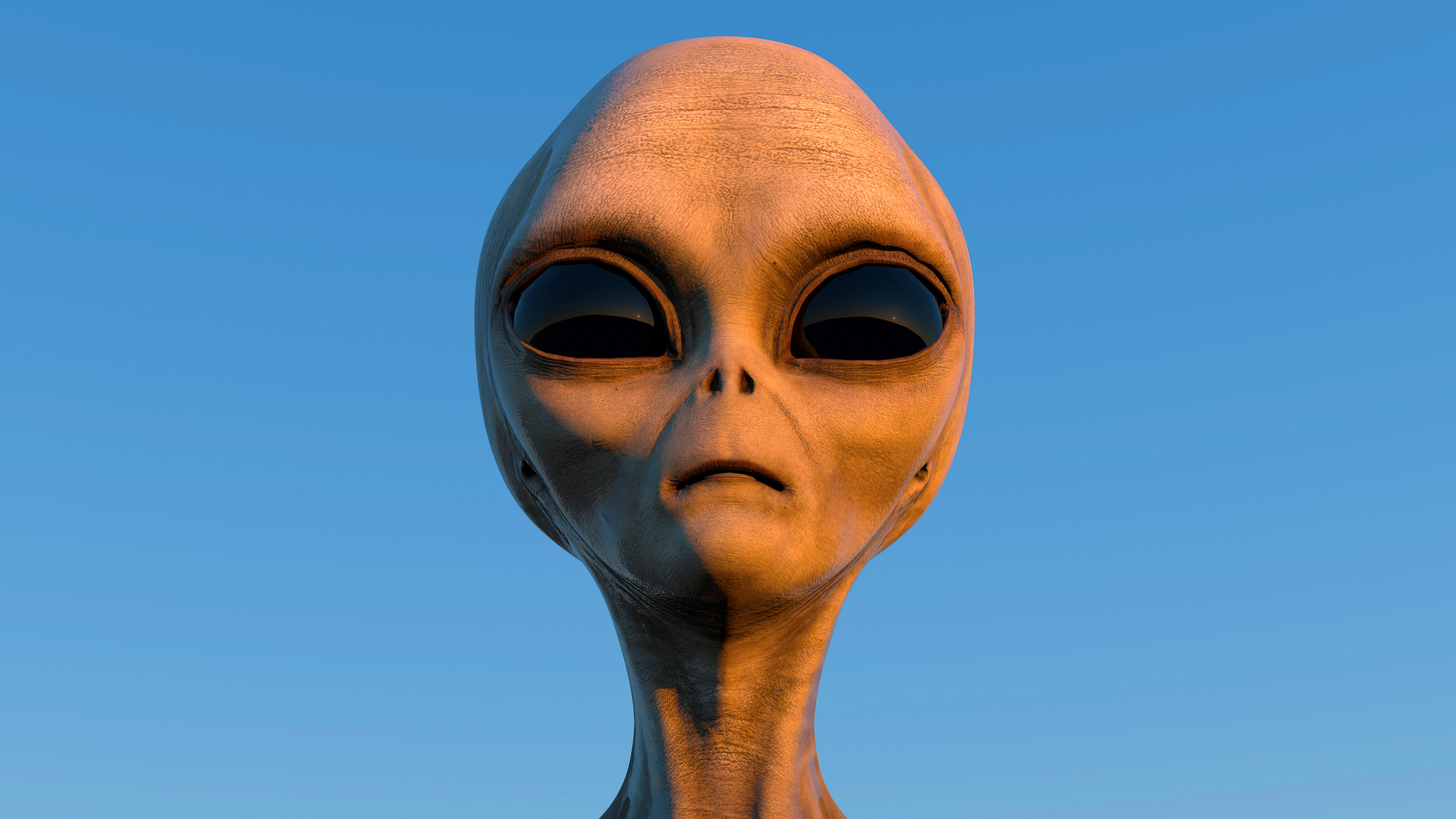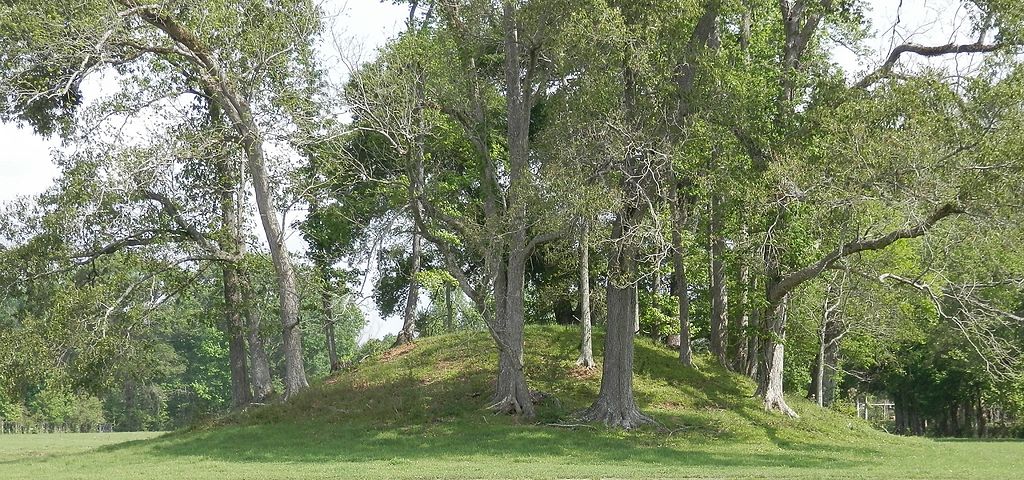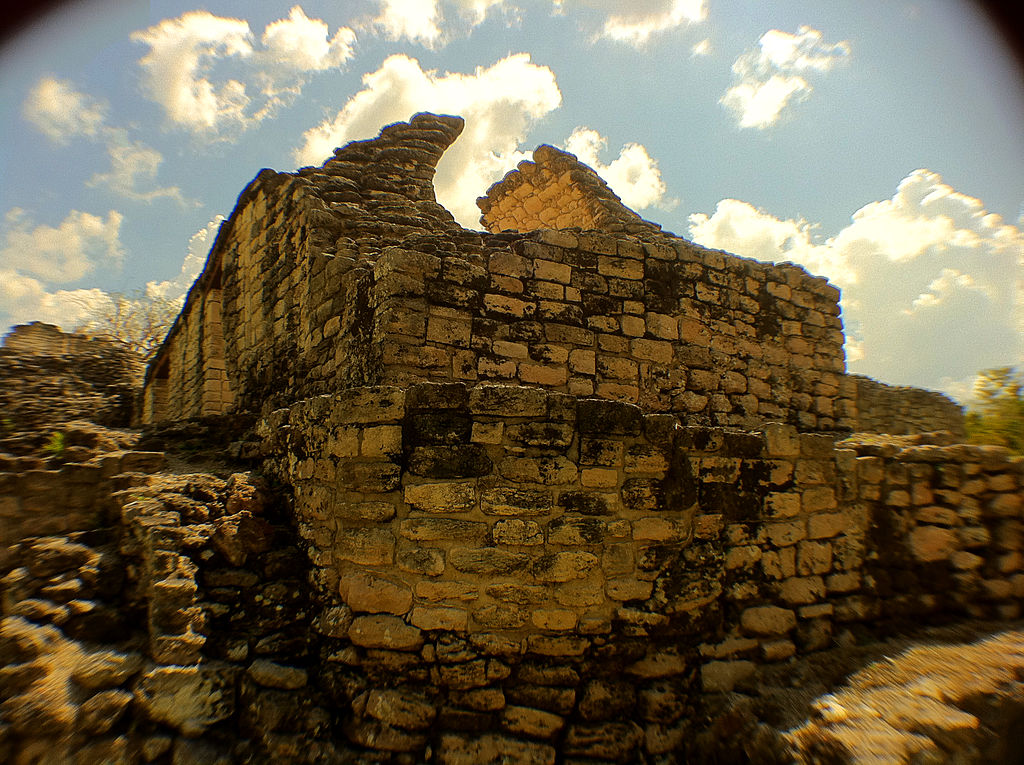How rituals created human society
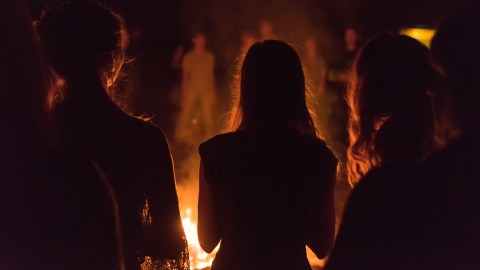
- No other species uses ritual like Homo sapiens does. Various theories propose that ritual and intelligence evolved side by side.
- Since they had to adhere to strict rules, participation in collective ceremonies established the first social conventions for early humans.
- Ritual may be key to how society itself came into being.
No other animal uses ritual as extensively and compulsively as Homo sapiens. In fact, archaeologists often consider ritual to be one of the core defining features of behaviorally modern humans, because it is related to the capacity for symbolic thought. We humans appear to be unique in our ability to communicate complex abstract ideas and concepts, not only about the here and now but also about other times and places — even imaginary ones. We do this not just through art, narrative, and myth but also through ritual. In fact, various theories on the origins of human cognition have proposed that ritual and intelligence evolved side by side.
Biological anthropologists suggest that group ceremonies could have played a key role in the transmission of cultural knowledge in prelinguistic societies. Through the symbolic re-enactment of collective narratives, ritual functioned as an embodied proto-language that provided an “external support system” to individual cognition — a crucial step on the road towards language itself. The neuroscientist Merlin Donald has argued that ritual was a mental foundation stone for the evolution of social cognition, allowing early hominids to align their minds with social conventions. By establishing a shared system of collective experiences and symbolic meanings, ritual helped to coordinate thought and memory, allowing a group of humans to function as a single organism. And because of its close connection to symbolism, rhythm and movement, as well as its role in demarcating the extraordinary from the ordinary, ritual has also been linked to the evolution of art.
If these theories hold any water, ritual is a core part of who we are as a species and played a pivotal role in our evolution. Theories about the distant past are, of course, hard to test. Preliterate societies obviously did not leave any texts behind, so we know nothing about their language, beliefs, myths and narratives. But while minds do not fossilize, art and ritual can and do leave traces in the archaeological record.
The earliest evidence of ritual in our own evolutionary lineage, which separated from chimpanzees 6 to 7 million years ago, comes from burials. In the region of Atapuerca, in northern Spain, archaeologists found skeletal remains of at least twenty-eight individuals in a cave that they named Sima de los Huesos (the “Pit of Bones”). Although the location is part of a vast cave system, all the skeletons were packed together in a small chamber far away from the entrance, and a finely carved quartzite hand axe was also deposited with them. There is no evidence of habitation anywhere in the cave, which suggests that the bodies were carried and laid there on purpose. DNA extracted from over 7,000 bones revealed that the skeletons belonged to members of Homo heidelbergensis, the earliest known relatives of Neanderthals, who lived 430,000 years ago.
A similar gravesite was found inside a cave in the Gauteng province of South Africa: this time the remains were from an archaic human species named Homo naledi. The cave contained the full skeletons of fifteen individuals. Carbon dating revealed that they had lived around a quarter of a million years ago. The site was entirely undisturbed: there was no indication of predators ever having entered the cave, such as toothmarks on the bones, and no rubble or signs of flooding. The skeletons were intact, lying in the same position as the corpses would have been. It looks as though some other Homo naledi carried the bodies through the cave’s dark twisty passages, climbing on top of a sharp 12-metre (40-foot) rock and then descending through a narrow crevasse to enter an isolated chamber, where they laid them down to rest before securing the entrance on their way out. And this was no isolated episode. Dead bodies were deposited there again and again for generations. This seems to have been a prehistoric cemetery.
Not all scientists are convinced that this is evidence of a deliberate burial. Even as various other explanations have been ruled out, there is still no positive proof. Although quite unlikely, it is still possible that fifteen different individuals fell into the chamber and died there without breaking a bone. Perhaps the cave’s topography was different then, and the bodies were swept in by flood water. Or there may be some other explanation which will be revealed by future research. It is hard to say based on a single site.
Less controversial evidence comes from our extinct close relatives the Neanderthals. Burial sites have been found in various places in Iraq, Israel, Croatia, France, and elsewhere, and it is clear that these groups did not merely dump their dead. They carefully deposited the remains of their dead in graveyards, especially the bodies of young children, often placing them in the fetal position, and went to great lengths to protect those graves from scavengers. The occasional presence of bear skulls and bones, sometimes arranged in circles, has led some archaeologists to suppose that Neanderthals also practiced totemism or animal worship. In the Bruniquel Cave in southwest France, for example, they broke off stalagmites and used them to construct large circular structures deep underground, which may have been meeting places for some type of collective ritual.
Some remain doubtful about just how elaborate the ritual practices of the Neanderthals may have been. After all, the material evidence is limited, and we will never know what was going through their minds as they were burying their loved ones. But one thing is certain: by the time our own species appears, the evidence for ritual activity is indisputable. Anatomically modern humans (Homo sapiens) did not simply bury their dead. They adorned them with red ochre and placed jewelry, artwork, and favorite objects and animals inside their graves. In many cases, they also practiced secondary burials by charring or otherwise removing the flesh from the corpse or letting it decompose before carefully depositing the remains into a grave. They also performed a variety of other collective rituals, as suggested by numerous rock carvings and paintings, symbolic artifacts and the intentional destruction of pottery and other valuable goods.
The French sociologist Émile Durkheim noted that life in aboriginal societies alternates between two different phases.
“In one phase, the population is scattered in small groups that attend to their occupations independently. Each family lives to itself, hunting, fishing — in short, striving by all possible means to get the food it requires. In the other phase, by contrast, the population comes together, concentrating itself at specified places. […] This concentration takes place when a clan or a portion of the tribe is summoned to come together and on that occasion […] conducts a religious ceremony.”
These two different phases, Durkheim argued, constitute two very different realms: the sacred and the profane. The profane includes all those ordinary, mundane, and monotonous activities of everyday existence: laboring, procuring food, and going about one’s daily life. In contrast, the realm of the sacred, which is created through ritual, is dedicated to those things that are deemed special. The performance of collective ceremonies allowed people to set their everyday worries aside and be transported, albeit temporarily, to a different state. And as ritual must always adhere to a rigid structure, participation in collective ceremonies established the first social conventions for early humans. By coming together to enact their ceremonies, practitioners ceased to be an assortment of individuals and became a community with shared norms, rules and values. This is why the anthropologist Roy Rappaport declared ritual to be “humanity’s basic social act.” It is how society itself comes into being. And in fact, this may be, in a literal sense, historically true.
